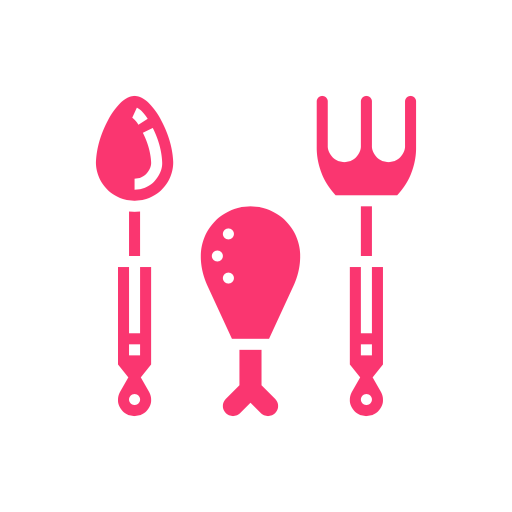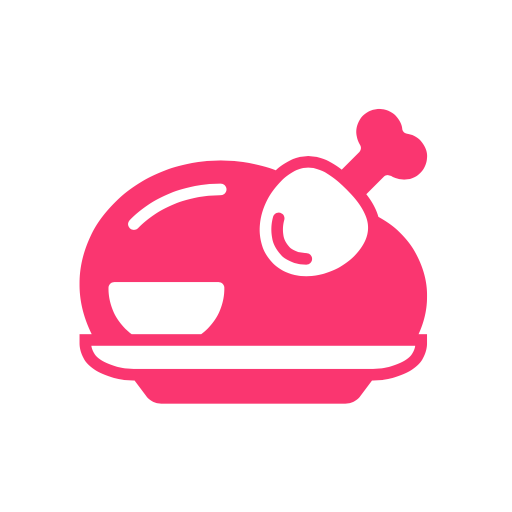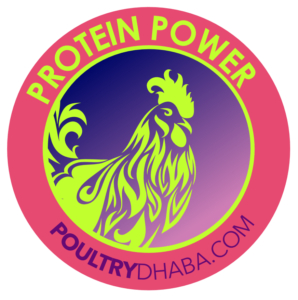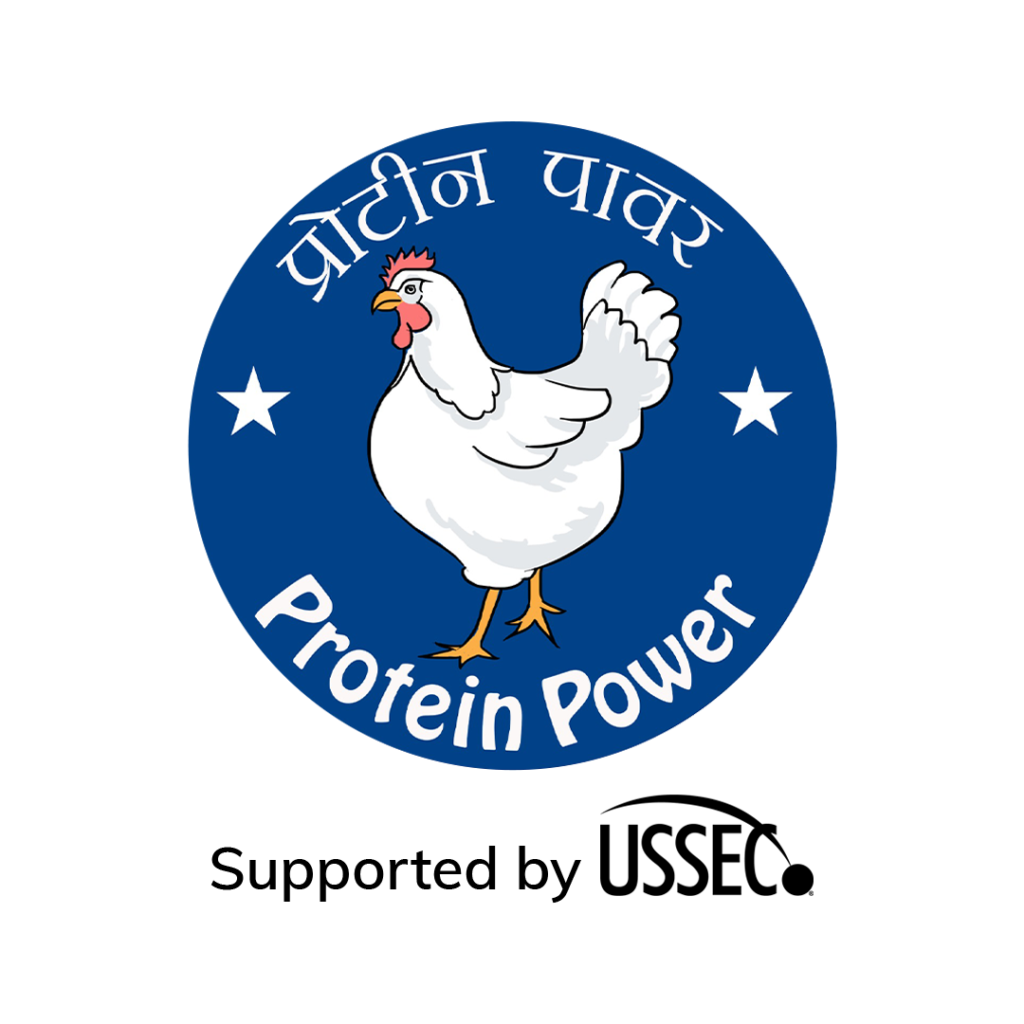Protein POWER
One can easily meet daily protein needs by following the Dietary Guidelines.
Protein is a nutrient your body needs to grow and repair cells and to work properly. Protein is found in a wide range of food and it’s important that you get enough protein in your diet every day. How much protein you need from your diet varies depending on your weight, gender, age and health. Meeting your protein needs is easily achieved from eating a variety of foods. Protein from food comes from plant and animal sources such as meat and fish, eggs, dairy products, seeds and nuts, and legumes like beans and lentils.
Proteins are made of amino acids
Proteins are made up of building blocks called amino acids. There are about 20 different amino acids that link together in different combinations. Your body uses them to make new proteins, such as muscle and bone, and other compounds such as enzymes and hormones. It can also use them as an energy source.
Some amino acids can be made by your body – there are 11 of these and they’re known as non-essential amino acids. There are nine amino acids that your body cannot make, and they are known as essential amino acids. You need to include enough of these in your diet so that your body can function.


Nutritional value of protein
The nutritional value of a protein is measured by the quantity of essential amino acids it contains.
Different foods contain different amounts of essential amino acids. Generally:
- Animal products (such as chicken, beef or fish and dairy products) have all of the essential amino acids and are known as ‘complete’ protein (or ideal or high-quality protein).
- Soy products, quinoa and the seed of a leafy green called amaranth (consumed in Asia and the Mediterranean) also have all of the essential amino acids.
- Plant proteins (beans, lentils, nuts and whole grains) usually lack at least one of the essential amino acids and are considered ‘incomplete’ proteins.
People following a strict vegetarian or vegan diet need to choose a variety of protein sources from a combination of plant foods every day to make sure they get an adequate mix of essential amino acids.
If you follow a vegetarian or vegan diet, as long as you eat a wide variety of foods, you can usually get the protein you need. For example, a meal containing cereals and legumes, such as baked beans on toast, provides all the essential amino acids found in a typical meat dish.
How to get your protein needs
Your daily protein needs can easily be met by following the Australian Dietary Guidelines. The Guidelines group foods into five different food groups, each of which provide key nutrients.
The two main food groups that contribute to protein are the:
- ‘lean meat and poultry, fish, eggs, tofu, nuts and seeds and legumes/beans’ group
- ‘milk, yoghurt, cheese and/or alternatives (mostly reduced fat)’ group.
As part of a healthy diet, the Guidelines recommend particular serves per day from each of the five food groups (see Table 1).
The human body can’t store protein and will excrete any excess, so the most effective way of meeting your daily protein requirement is to eat small amounts at every meal.

Easy ways to add protein with poultry

EGGS
Eggs are a versatile and easy option that can be enjoyed on their own or mixed in a variety of dishes.

CHICKEN
Probably the most versatile and popular lean meat on the Globe!

DUCK
Gamey taste with nutrition. An excellent source of protein and iron.

TURKEY
Turkey is a very rich source of protein, niacin, vitamin B6 and the amino acid tryptothan. Apart from these nutrients, it is also contains zinc and vitamin B12. The skinless white meat of turkey is low on fat and is an excellent source of high protein.

